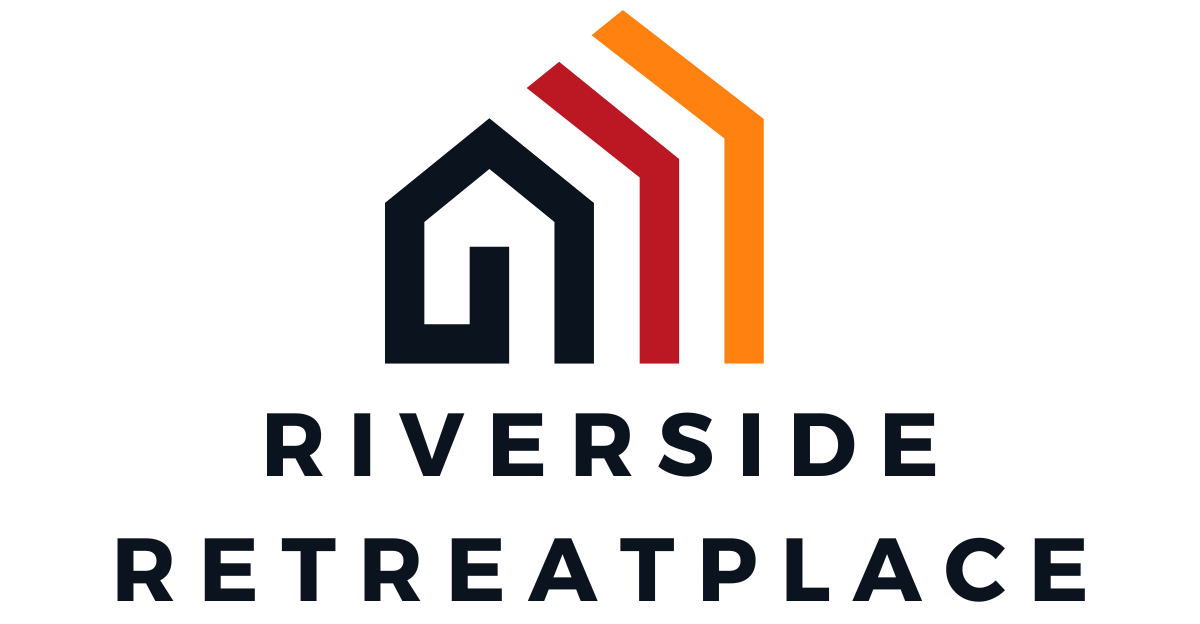
How Much Down Payment for Investment Property? Discover What You Need to Know
Investing in real estate can feel like stepping into a high-stakes game of Monopoly. You’ve got your eye on that shiny investment property, but then reality hits: how much do you really need for a down payment? Spoiler alert: it’s not just a roll of the dice.
How Much Down Payment for Investment Property
Down payments for investment properties commonly range from 15% to 25% of the purchase price. Investors wanting to minimize mortgage insurance often aim for a higher down payment percentage. Conventional loans usually require at least 20% down, making it crucial for buyers to assess their financial readiness.
Lenders evaluate buyers’ credit scores, income levels, and financial history when determining eligibility for financing. A strong credit score enhances opportunities for favorable interest rates. Lower credit scores might lead to higher down payment requirements, impacting overall affordability.
Cash reserves also influence down payment expectations. Lenders prefer borrowers with additional savings, demonstrating an ability to cover expenses beyond the mortgage. Investors lacking substantial reserves might face obstacles in securing financing.
Location affects down payment amounts, with some markets demanding larger down payments due to property values. Urban areas with high demand often necessitate this increase, while smaller markets may offer flexibility. Understanding regional trends helps in preparing financially.
To summarize key points, consider these typical down payment percentages:
| Down Payment Percentage | Loan Type |
|---|---|
| 15% | FHA Loans |
| 20% | Conventional Loans |
| 25% | Investment Properties |
Investors must also remain aware of additional costs, including closing fees and maintenance reserves. Accurate calculations ensure proper financial planning. Evaluating all aspects, including down payment requirements, arms an investor with the knowledge to navigate the real estate market effectively.
Factors Influencing Down Payment Amounts

Understanding factors influencing down payment amounts is crucial for investment property buyers. Different elements come into play that affect the required percentage of the purchase price.
Loan Type Considerations
Loan type significantly influences down payment amounts. Conventional loans often require a minimum of 20% down, while FHA loans can demand as little as 3.5%. Investors opting for VA loans might not need any down payment at all, provided they meet eligibility requirements. These variations in down payment percentages directly impact how much cash buyers need upfront. Additionally, private mortgage insurance costs should be weighed; higher down payments reduce these insurance fees, ultimately affecting monthly payments.
Personal Financial Situation
Investors’ personal financial situations play a key role in determining down payment requirements. Lenders scrutinize credit scores; higher scores can lead to lower down payment percentages. Individuals with a solid income or substantial savings often negotiate better terms. Employment stability also influences lenders’ decisions; consistent employment can build trust, leading to more favorable loan conditions. Known debt-to-income ratios are significant; lower ratios generally translate into lower down payments.
Typical Down Payment Ranges
Investors often face varying down payment requirements based on loan types and personal circumstances. Understanding these ranges helps in financial planning.
Conventional Loans
Conventional loans typically require a minimum down payment of 20%. Higher down payments signal a commitment to the investment, often resulting in better interest rates. Some lenders may allow 15% for multi-unit properties, but this is less common. Strong credit scores often enhance options for lower down payments, but buyers should prepare for stricter scrutiny based on income and financial background. Larger down payments can also reduce private mortgage insurance costs, making monthly payments more manageable.
FHA Loans
FHA loans offer an appealing option for some buyers, requiring as little as 3.5% down payment. This lower threshold assists first-time investors or those with limited savings. While credit scores above 580 qualify for this rate, lower scores may necessitate a 10% down payment. Investors should note that FHA loans come with mortgage insurance premiums. These costs are important to consider alongside other associated fees, impacting the overall investment budget.
VA Loans
VA loans provide a remarkable opportunity for eligible veterans and active-duty service members, not requiring any down payment. This feature makes homeownership accessible without the burden of upfront costs. Interest rates tend to be competitive, and no mortgage insurance adds to affordability over time. Qualifying for a VA loan involves meeting specific service requirements and a viable income stream, though the process is generally streamlined to support buyers. Awareness of closing costs remains crucial for those seeking to maximize their purchasing power.
Tips for Effective Down Payment Planning
Effective planning for a down payment can simplify the investment property buying process. Knowing how to budget and seeking assistance programs can lead to significant savings.
Budgeting for Your Investment
Budgeting remains a critical step in down payment planning. Investors should start by calculating total expenses, including the down payment, closing costs, and ongoing maintenance fees. Assessing current income and expenses helps in determining how much can be allocated toward the down payment. Setting a clear savings goal is essential, ideally aiming for 20% to avoid additional mortgage insurance. Investors might consider establishing a separate savings account dedicated to their investment property. Tracking savings progress regularly keeps the goal in focus, ensuring that financial readiness aligns with purchasing timelines.
Exploring Assistance Programs
Exploring assistance programs can provide crucial financial benefits. Various options exist, including down payment assistance offered by local governments and nonprofit organizations. These programs often target first-time investors, allowing for lower upfront costs. FHA loans may also offer down payment assistance through specific lenders. Eligibility criteria generally include income limits and property requirements. Researching state and federal programs can reveal unique opportunities. Investors should consider consulting with mortgage professionals to identify suitable assistance programs tailored to their individual circumstances. Leveraging these resources can ease financial burden and enhance investment capabilities.
Conclusion
Navigating the world of investment properties requires careful consideration of down payment options. By understanding the range of down payment percentages and the various loan types available, investors can make informed decisions that align with their financial goals.
It’s crucial to assess personal financial situations and explore assistance programs that may ease the initial burden. Setting clear savings goals and budgeting for all associated costs can significantly enhance the investment experience.
With the right preparation and knowledge, investors can confidently take the first steps toward building a successful real estate portfolio.
